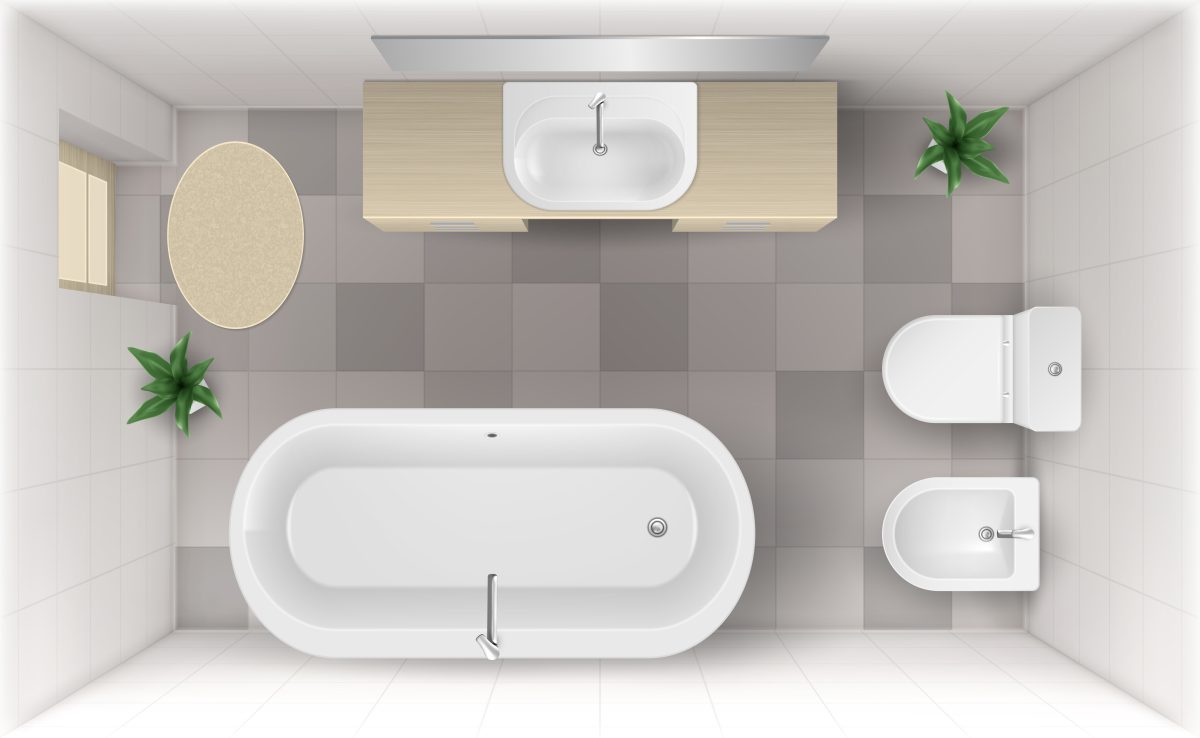Bidets and UTIs: Dispelling Myths and Understanding Benefits
Urinary tract infections (UTIs) are a common and uncomfortable reality for many, with traditional prevention methods often falling short. Amidst various preventive strategies, one lesser-known yet effective method stands out: the use of bidets. This article delves into how bidets can help prevent UTIs, challenging the misconception that they spread bacteria.
What is a Bidet?
Originating in Europe, a bidet is a bathroom fixture or accessory used to clean the genital and anal areas after using the toilet. It’s a staple in many cultures for its superior cleanliness compared to toilet paper alone. Traditional European bidets are a separate toilet like bowl next to the toilet that was likely installed when the bathroom was built. In the US the type of bidet that is gaining popularity are affixed to your toilet under the rim of the toilet seat and come with a nozzle that sprayed water that is tapped from the same water line that fills your toilet bowl and is quite easy to install and economical.
Bidets and Hygiene: Enhancing Cleanliness and Preventing Bacteria Spread
Bidets, known for their hygienic advantages over traditional toilet paper, play a pivotal role in preventing UTIs. However, a common concern surrounds the potential for bidets to spread bacteria. Addressing this, the advent of stainless steel and self-cleaning bidets has revolutionized how we view bathroom hygiene.
Stainless Steel Bidets: A Hygienic Upgrade
Stainless steel bidets offer a significant hygienic upgrade. This material is renowned for its resistance to bacteria and ease of cleaning, making it an ideal choice for bidet construction. The non-porous surface of stainless steel prevents bacteria from settling and proliferating, which is crucial in a bathroom environment where germs can easily spread. By choosing a stainless steel bidet, users significantly reduce the risk of bacterial contamination, ensuring a cleaner and safer experience.
Self-Cleaning Bidets: The Automated Hygiene Solution
Self-cleaning bidets represent a leap forward in bathroom hygiene. These bidets come equipped with mechanisms that automatically clean the nozzles before and after each use. This feature ensures that the water stream used for cleansing is always free from potential contaminants, providing an additional layer of protection against the spread of bacteria. The self-cleaning function is especially beneficial in preventing UTIs, as it maintains the bidet in an optimal hygienic state at all times.
By combining the thorough cleaning action of bidets with the antibacterial properties of stainless steel and the convenience of self-cleaning mechanisms, these modern fixtures offer an effective solution in maintaining genital hygiene and reducing the risk of UTIs. Contrary to the misconception that bidets may spread bacteria, these advanced features highlight how bidets are designed with cleanliness and health as
How to Use a Bidet for UTI Prevention
Using a bidet is simple:
- Adjust the water pressure and temperature to a comfortable setting.
- Position yourself so that the water stream gently cleanses the genital area.
- Pat dry with toilet paper or a towel.
Bidets do not Cause UTIs
While this study on Bidet use and Hemorrhiods did not talk about Bidets and UTIs you can draw a conclusion that bidets do not cause UTIs and in fact can help prevent UTis and other urogenital infections when used correctly and kept clean. Bidets are not just a luxury item but a practical tool in preventing UTIs. By offering superior cleanliness, they play a crucial role in maintaining urinary tract health. It’s time to reconsider our hygiene habits and embrace the benefits of bidets.
Secure and Confidential
STD testing services
The fastest results possbile - available in 1 to 2 days

Tagged
Categorized As
Author: Esther Jordan
Esther Jordan has been a writer ever since she can remember. She has always loved the free gift of self-expression through journaling, creating stories, and sharing life experiences in front of audiences. Public speaking and creating content has been a strong suit of hers since high school. Immediately after college, she received a paid position as an search engine optimization (SEO) writer in 2010 when SEO was still a very brick and mortar concept for a lot of small businesses. It was a time of do-it-yourself websites and online magic that everyone wanted and either referred to it as SEO or pay-per-click (PPC).




